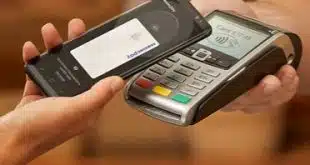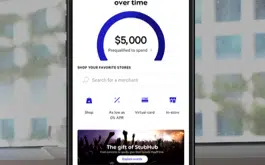Major-brand credit card acceptance is a given, but the alternative payment forms are gaining traction among mid-sized e-commerce retailers, according to a recent survey by First Annapolis Consulting Inc. Some 41% of the merchants surveyed reported accepting at least one alternative payment form, and nearly half of those accept at least two payment forms, according to results of a First Annapolis survey of 83 retailers with annual online sales between $5 million and $10 million as reported by Internet Retailer magazine. First Annapolis defined the alternatives as eBay Inc.'s PayPal, Bill Me Later, Google Inc.'s Google Checkout, and other, a category that includes direct debit, automated clearing house payments, and wire transfers. Some 34% of the mid-size merchants accept PayPal. Acceptance rates for the others were: Google Checkout, 20%; other, 6%; Bill Me Later, 5%; and cobranded and private-label cards, 3%. All the surveyed merchants accept Visa and MasterCard, and 95% accept American Express Co. and Discover Financial Services cards. The study, completed in December, revealed some notable differences in alternative-payment acceptance between large and mid-sized online retailers. In a survey last year, only 33% of the large retailers reported accepting alternatives. Among those that did, more took Bill Me Later (22%) and cobranded and private-label cards (62% and 35%, respectively), and fewer accepted Google Checkout (6%) in comparison with their mid-sized cousins. Only 15% of the big Web retailers took PayPal. First Annapolis partner Paul Grill says large retailers are more likely than smaller ones to offer cobranded and private-label cards, and, so far at least, they're more likely to link promotions with the credit program offered by Bill Me Later. “The smaller guys have gravitated toward the PayPals, the Googles,” Grill tells Digital Transactions News. He also notes that the large-merchant numbers were gathered nearly a year ago and could be outdated by now. First Annapolis' findings about Google Checkout's acceptance among the mid-sized merchants may be the highest yet. A CyberSource Corp. survey of security executives at online merchants turned up only a 5% Google Checkout acceptance rate at their firms. But Grill notes that the two surveys differed in their sample bases, and that First Annapolis polled merchants before Google reinstated merchant pricing for Checkout in February after more than a year of free processing. Google, which is very guarded about Checkout's numbers, says the service is gaining merchant and consumer users (Digital Transactions News, May 1). Emerging payment forms are likely to gain even more acceptance if e-commerce providers successfully integrate shopping carts, gateway services, and other systems that facilitate online sales, according to Grill.
Check Also
Affirm Expands Credit Reporting And Adds Adyen U.K. Clients
Installment-payments specialist Affirm Holdings Inc. will include all of its products in data sent to …




